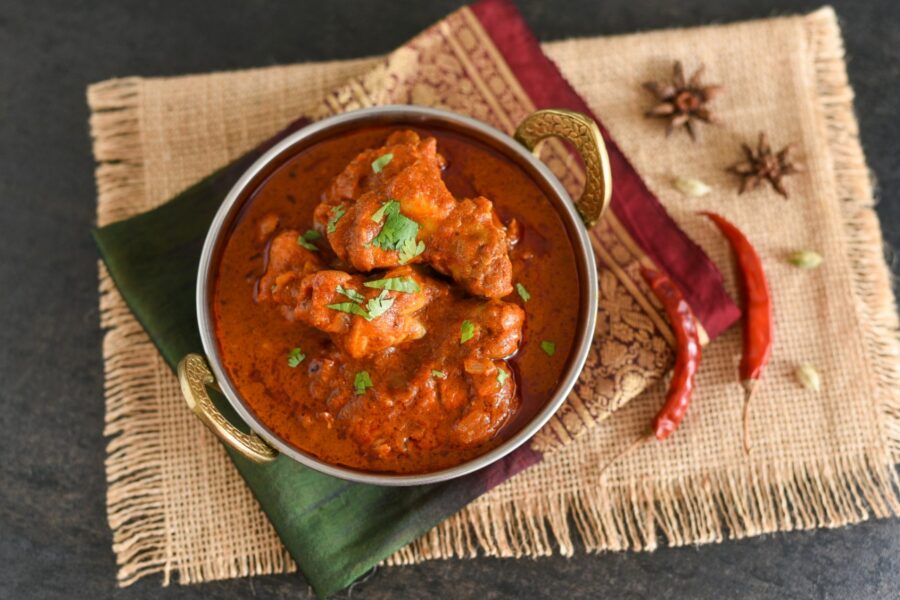Creating a harmonious dish is an art that involves balancing the fundamental flavors: sweet, sour, salty, bitter, and umami. Understanding how these flavors interact and counteract each other is key to elevating your cooking from good to extraordinary. This guide will explore how to achieve a balanced palate in your dishes, ensuring every meal is a delightful experience.
Sweet: The Flavor Enhancer
Sweetness can enhance the other flavors in a dish. It’s not just about adding sugar; ingredients like onions, carrots, and bell peppers can add natural sweetness. Sweetness can also counteract bitterness and overly spicy flavors, bringing a dish into balance.
Sour: The Bright Spark
Sourness, provided by ingredients like lemon juice, vinegar, or tamarind, can add a bright, refreshing quality to dishes. It can help to cut through richness and heaviness, bringing a lightness and balance, especially in fatty or oily dishes.
Salty: The Flavor Intensifier
Salt is essential in cooking, as it intensifies and brings out the flavors of other ingredients. It’s more than just table salt; ingredients like soy sauce, cheese, and olives can add saltiness to a dish. The right amount of salt can elevate a dish, but too much can overpower it.
Bitter: Adding Depth and Complexity
Bitterness often gets a bad rap in cooking, but it can add depth and complexity to dishes. Ingredients like dark chocolate, coffee, kale, and Brussels sprouts bring a desirable bitterness when balanced correctly. Bitterness can be balanced with sweetness or acidity.
Umami: The Savory Satisfaction
Umami, known as the fifth taste, adds a deep, savory quality to food. Ingredients like tomatoes, mushrooms, aged cheeses, and meats are rich in umami. This flavor enhances the overall savory experience of a dish and can be balanced with sweetness and acidity.
Finding the Right Proportions
Balancing flavors is often about finding the right proportions. Start with small amounts of seasonings and taste as you go, adjusting accordingly. The goal is to achieve a dish where no single flavor overpowers the others, but rather they all work together harmoniously.
Experimentation and Adjustment
Don’t be afraid to experiment. Cooking is a dynamic process, and adjusting flavors as you go is part of the journey. If a dish is too acidic, add a touch of sweetness. If it’s too sweet, a bit of acid or salt can balance it out.
Conclusion: A Symphony of Flavors
Mastering the balance of flavors in cooking is like conducting a symphony, with each ingredient playing its part to create a harmonious and delicious dish. By understanding and experimenting with the fundamental flavors, you can elevate your cooking and provide a truly satisfying culinary experience. Whether you’re a seasoned chef or a home cook, the art of balancing flavors is a skill that will serve you in every dish you create.





